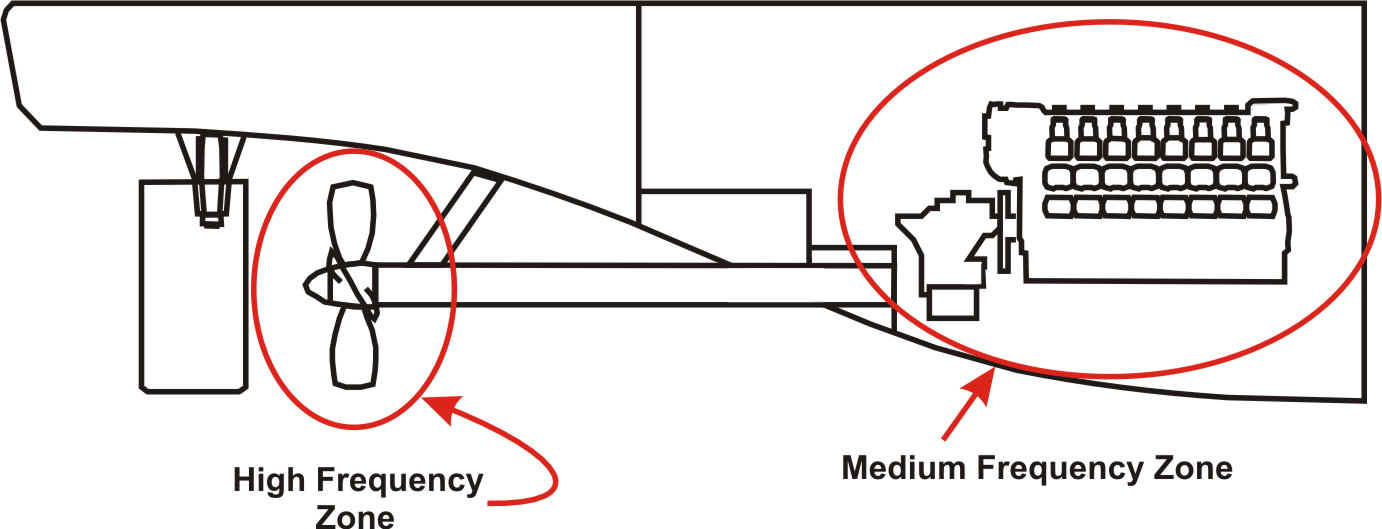|
|
|
|
VIBRATION |
|
|
|
|
|
|
|
The
main engines and auxiliary machinery vibrations are usually produced by
three situations: |
|
ō When the main propulsion of the ship its by a diesel engine or an alternative movement engine, the vibration depends of the value of the non equilibrated inertia moment, in other words, the balance of the engine or well the alignment of it. If the alignment of the engine is incorrect or suffers rough movement it could disaligned and cause vibration. This same result will happen if the propeller gets hit during installation. ō When the propulsion engine is a turbine although the transmission par of the engine is regular, if the engine isnít dynamic balance it will produce a disturbance par, causing vibration. ō If the auxiliary devices arenít perfectly balanced, the skids wonít be able of restrict the disturbance and it will cause a hullís vibration. |
|
|
|
The
vibration produced by a propeller are by far the most damaging of all the
vibration, because that zone is a high amplitude zone so this is superior
than the central zone (engine zone). |
|
|
|
|
|
If you have any suggestions or questions regarding these technical issues, or if you know someone who's willing to receive these technical letters, or if you wish to be removed from our mailing list, please send an e-mail to: technicalletter@ricepropulsion.com |


